It seems there’s a way to recycle just about anything nowadays, even your old chewy!
March 25th, 2009
Brittish product designer Anna Bullus has developed a way of collecting and recycling used chewing gum, turning it into plastic products. Bullus developed what she calls Bullus Recycled Gum Polymer (BRGP).
“I was walking back from uni one day when I started to think about the unsightly splodges that litter our towns and cities globally. I researched a range of litter and quickly came to realise that apart from chewing gum they all had something in common – they could all be recycled,” Bullus says.
The idea basically involves placing little round bins (pictured above) around metropolitan areas to collect spent gum and raise awareness of gum littering. These bins are collected, taken to the recycling centre and the BRGP is turned into more bins.
“It’s notoriously difficult to clean up chewing gum because it doesn’t decompose,” Bullus says. “By 2010 the amount of gum globally will reach 1 million tonnes making it integral that we address the issue now.”
Bullus was given a Winston Churchill Memorial Trust Fellowship and given funding to travel to Australia, America and Singapore to study the issue of gum littering.
“The Winston Churchill Memorial Trust have made it possible for me to come to Sydney and speak to a range of companies, councils and environmental groups… to gauge their reactions and to find out where gum litter is a problem and what is being done to combat it,” Bullus says.
Planet Ark co-founder John Dee says: “It enables a form of previously landfilled waste to be turned into a usable new product. Making chewing gum waste a key ingredient of this plastic also makes it smell nice as well.”
Keep an eye out on our streets for these gum-toting orbs of creative recycling.
Anna Bullus
annabullusdesign.com
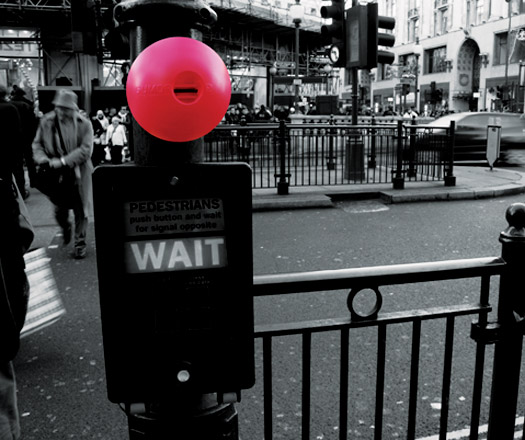
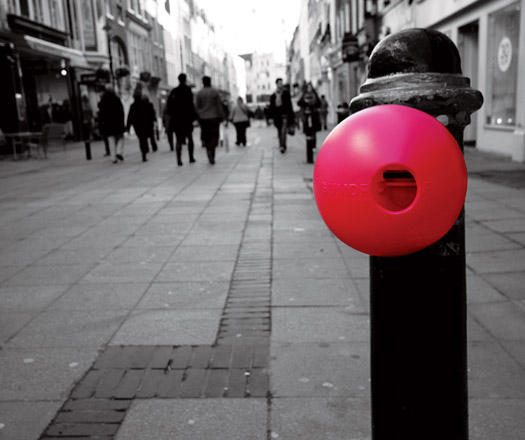
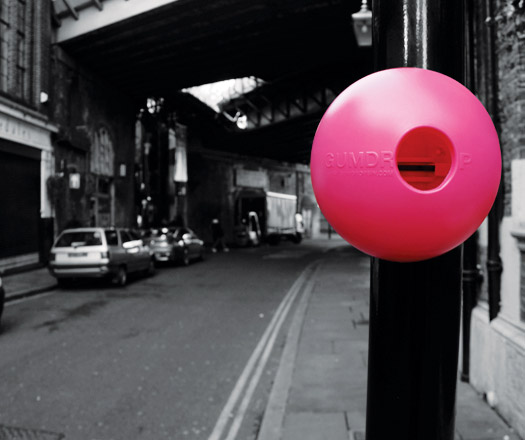
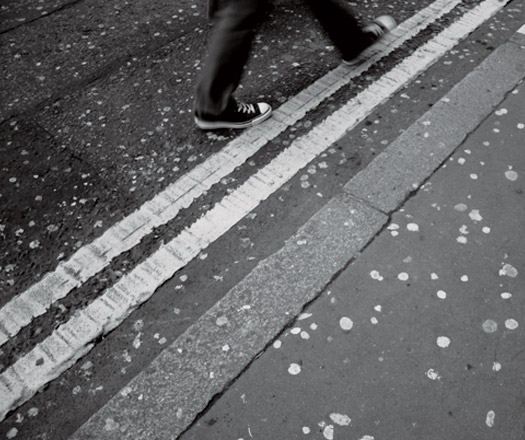
INDESIGN is on instagram
Follow @indesignlive
A searchable and comprehensive guide for specifying leading products and their suppliers
Keep up to date with the latest and greatest from our industry BFF's!

Welcomed to the Australian design scene in 2024, Kokuyo is set to redefine collaboration, bringing its unique blend of colour and function to individuals and corporations, designed to be used Any Way!
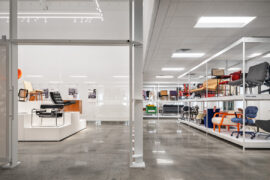
The undeniable thread connecting Herman Miller and Knoll’s design legacies across the decades now finds its profound physical embodiment at MillerKnoll’s new Design Yard Archives.

As the workplace evolves and use of mobiles devices increases the need for responsive websites is more important than ever.
The award-winning Pymble Ladies College Senior Centre reflects not only the philosophy of its architects PMDL, but the future of education design.
Challenge the way you think about cities with “The Art of City Making: How Imagination and Creativity Play Their Part” as part of the City of Sydney’s CityTalks 2011. This live discussion will feature guest speaker Charles Landry, an urbanist and passionate defender of the role imagination and creativity plays in developing cities and invigorating […]
The internet never sleeps! Here's the stuff you might have missed

The Australian Design Centre (ADC) has announced that the organisation can no longer continue without adequate government funding to cover operational costs.
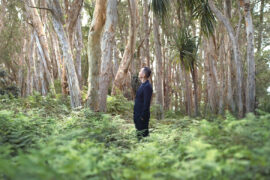
In Naturalizing Architecture, Takada moves beyond biomimicry to propose a regenerative vision for the urban environment.